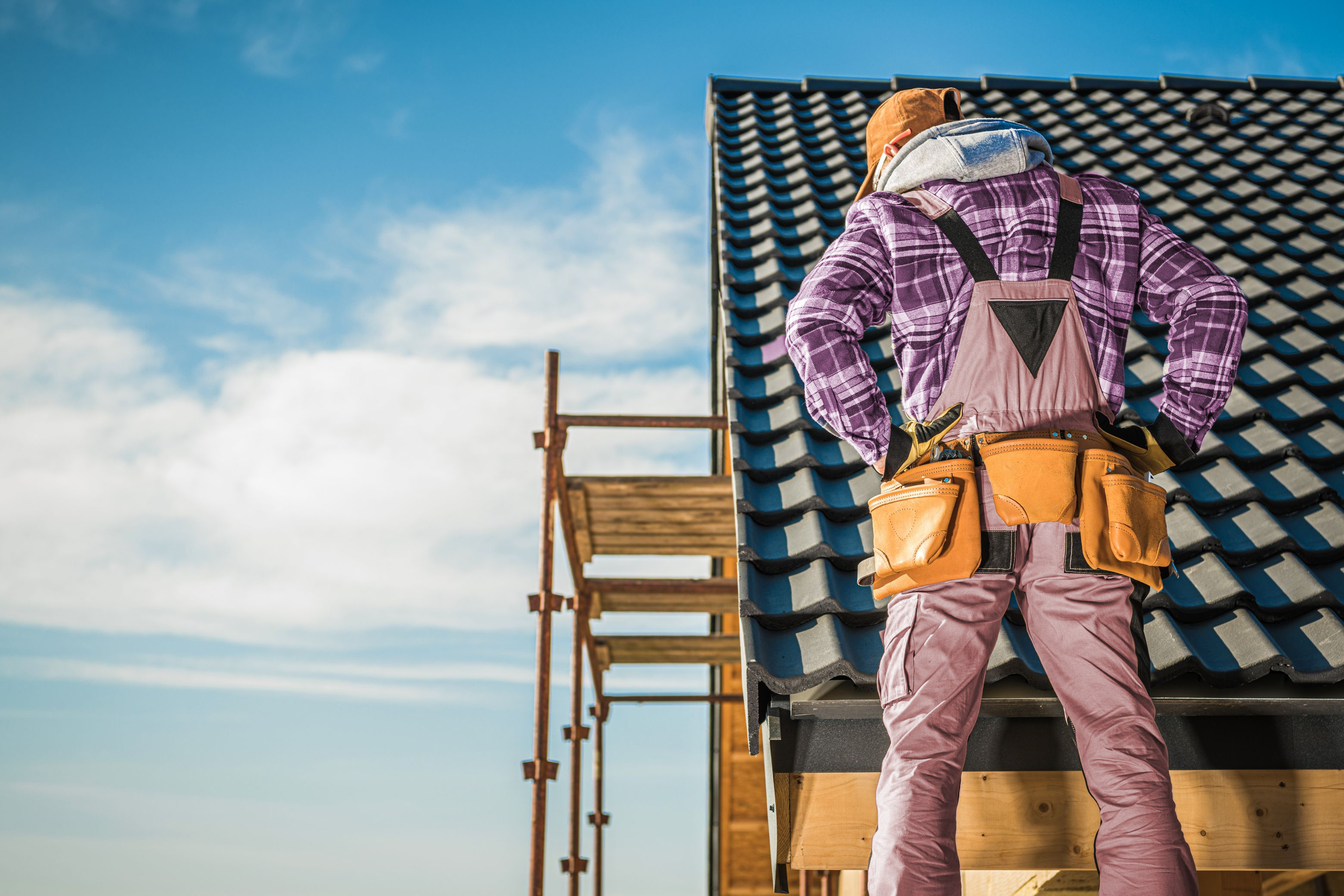
Copyright © 2023 East Kingdom Roofing Huntsville
As residents and business owners in Huntsville, Alabama, we know how essential it is to have a roof that provides ultimate protection for our homes. However, over time, even the most well-maintained flat roofs may develop holes that require immediate repair. In this article, we, at East Kingdom Roofing Huntsville, will guide you through the steps to fix a hole in your flat roof, ensuring the longevity and durability of your property.
Before we delve into the process of fixing roof holes, it is crucial to understand the underlying causes. By identifying the leading culprits, we can take preventative measures to avoid future damage. Some common causes of roof holes include:
Weathering: Harsh weather conditions, such as heavy rain, hail, and strong winds, can gradually erode your flat roof's surface, leading to holes and leaks.
Aging and deterioration: Over time, the materials used in your flat roof may decay or degrade, creating weak spots that can eventually turn into holes.
Poor installation or maintenance: Incorrect installation or inadequate maintenance can weaken the integrity of your flat roof, increasing the likelihood of holes.
Knowing how to identify and understand the extent of the damage to your flat roof is crucial for effective repair. Here are some signs of flat roof damage:
Water stains on the ceiling or walls.
Pooled water on the roof's surface.
Presence of mold or mildew.
Visible cracks or holes.
Inspecting your flat roof regularly and addressing any damage promptly can prevent further deterioration and expensive repairs down the line.
Fixing a hole in your flat roof requires careful attention to detail. Follow these step-by-step instructions for successful roof hole repair:
Safety first: Before starting any repair work, ensure you have the necessary safety equipment, including gloves, safety glasses, and a sturdy ladder.
Clean and prepare the area: Remove any debris or loose materials, such as gravel or dirt, from the damaged area. Use a broom or brush to sweep away any remaining dirt or dust.
Inspect and measure: Examine the hole to determine its size and shape. Measure the dimensions accurately, as this will determine the amount of repair material required.
Patch the hole: Apply a suitable patch material, such as roofing cement or an adhesive patch kit, to cover the hole completely. Smooth the patch with a putty knife to ensure a secure bond.
Reinforce the patch: To strengthen the repair, cover the entire patched area with a layer of roofing fabric or mesh. Apply another layer of roofing cement or adhesive, pressing it firmly into the fabric.
Seal the repair: To ensure a watertight seal, apply a final layer of roofing cement over the patched and reinforced area. Smooth it out with a trowel or putty knife to create a uniform surface.
Deciding whether to tackle roof repairs yourself or hire a professional is a critical consideration. While DIY repairs can save money, it's important to weigh the pros and cons:
Benefits of Professional Roof Repair Services:
Expertise and experience in diagnosing and addressing roof issues.
Access to specialized tools and materials.
Warranty and guarantee on repair work.
Benefits of DIY Roof Repair:
Cost savings on labor expenses.
Ability to complete minor repairs promptly.
For larger or more complex roof hole repairs, it's best to consult a professional roofing contractor to ensure the job is done correctly.
To effectively fix a hole in your flat roof, gather the following materials before starting:
Roofing cement or adhesive patch kit.
Putty knife and trowel.
Roofing fabric or mesh.
Safety equipment (gloves, safety glasses, ladder).
Ensuring you have all the necessary materials beforehand will expedite the repair process and help achieve optimal results.
A: While duct tape may provide a temporary fix for small holes, it is not a viable long-term solution. It is best to use proper roofing materials and techniques to ensure a durable and watertight repair.
A: Regular roof inspections are crucial to catch any damage early on. We recommend inspecting your flat roof at least twice a year, especially after severe weather events.
A: It is generally safe to walk on a flat roof, but exercise caution. Ensure the surface is free from debris and wear appropriate footwear with non-slip soles to prevent accidents.
With these detailed instructions and insights, you can confidently take on the task of fixing a hole in your flat roof. However, if you're unsure or require professional assistance, feel free to reach out to us at East Kingdom Roofing Huntsville. We have the expertise and resources to ensure your roof remains a reliable shield against the elements, protecting your home and investments for years to come.

This site is a free referral service to assist homeowners in connecting with local service contractors. All contractors are independent and this site does not warrant or guarantee any work performed. It is the responsibility of the homeowner to verify that the hired contractor furnishes the necessary license and insurance required for the work being performed. Some reviews listed either on this website or on 3rd party listings are paid reviews. All persons depicted in a photo or video are actors or models and not contractors listed on this site.